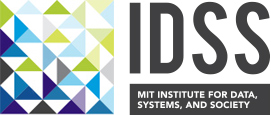Pooled Sample Testing — A Memo
Severe acute respiratory syndrome coronavirus 2 (SARS-CoV-2) and resultant coronavirus disease (COVID-19) are spreading rapidly across the globe. However, testing for the virus remains limited due to resource constraints. Pooled sample testing provides one approach to significantly increase testing capacity.
In its simplest and standard form, samples from multiple individuals are pooled together and tested. If a pooled sample is negative, all individuals in the pooled sample are deemed negative. If the pooled sample is positive, the individual samples from the pool are then tested. Consider a simple example with a population of 50 individuals, one of whom is infected. All 50 individuals can be tested individually or 5 pooled samples of 10 individuals can be tested. One of the pooled samples will be positive and the 10 individual samples in the positive pool can then be tested. This approach uses 15 tests in total compared to the 50 used in individual testing.
Pooled testing was introduced by Dorfman in the 1940s to screen syphilitic men in the US military. Since then, it has been employed numerous times in the medical field for infections including influenza, chlamydia, and malaria. Notably, it was used in the early stages of the HIV pandemic when polymerase chain reaction (PCR) test costs were high. Several countries, including the US, Israel, and Germany, have already demonstrated the efficacy of pooled testing for SARS-CoV-2 and have implemented pooled testing methodologies to increase capacity.
This note briefly covers some of the basic statistical details of pooled testing and relevant medical literature.
Pooled Sample Testing for SARS-CoV-2 (PDF).
For further information, please contact Paolo Bertolotti, Ben Deaner, Yash Deshpande, David Hughes, and Alberto Abadie.



